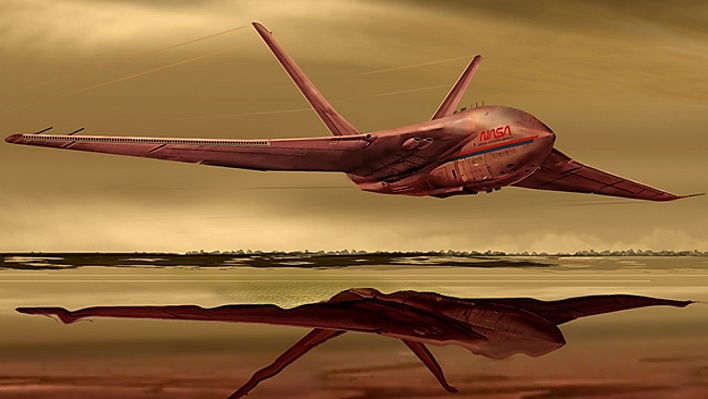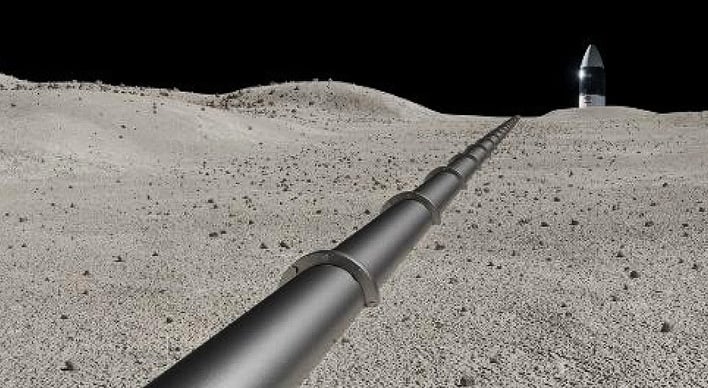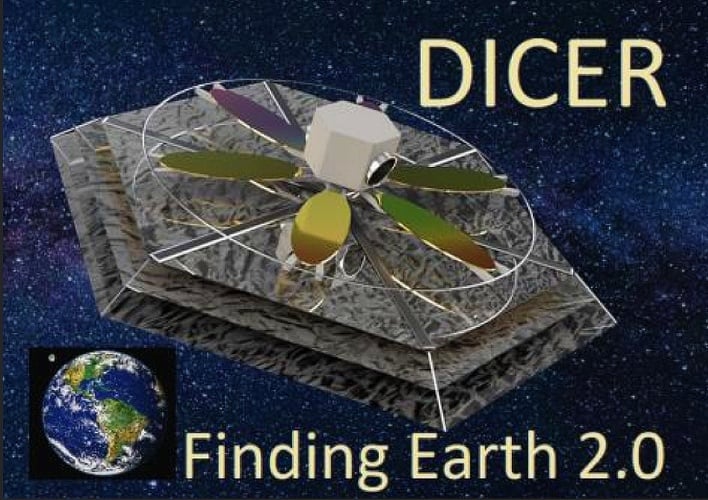NASA Wants To Build A Flying Boat To Surf Saturn's Moon And Other Wild Concepts

"NASA dares to make the impossible possible. That's only achievable because of the innovators, thinkers, and doers who are helping us imagine and prepare for the future of space exploration," exclaimed NASA Administrator Bill Nelson. "The NIAC program helps give these forward-thinking scientists and engineers the tools and support they need to spur technology that will enable future NASA missions."
All Aboard TitanAir
TitanAir is a low-cost flying boat mission, with a focus on atmospheric and lacustrine science. The imaginative minds behind the project say such a craft could serve as a relocatable lake lander, with an airborne duty cycle target of around 25%, enabling daily hour-order flights. The aim is to unlock access to this cutting-edge science with a flying laker, after the ships of America's Great Lakes.
Lunar South Pole Oxygen Pipeline
As the Artemis missions continue to progress, one of the many obstacles that must be overcome is the ability to develop a permanent human presence on the Moon. A large piece of that puzzle will be how to provide oxygen to the astronauts who are based on the surface of the Moon. NASA has invested significant funding in the ability to extract oxygen from lunar regolith and water from lunar ice.
Finding Earth 2.0
The search for another Earth-like planet is one that enamors many a scientist and astronomer. With current technology, it is impossible to find Earth-like planets in the habitable zones of Sun-like stars, and it is even harder to measure the composition of their atmospheres, according to NASA. However, this is necessary if we ever want to find life as we know it on other worlds, or detect a planet that humans could easily inhabit.
As NASA and other space agencies continue to explore the great unknown, it is nice to know that there are visionaries and forward thinkers who are willing to help overcome the obstacles that might stand in the way of unlocking all the secrets of the Universe. If you would like to learn more about the 14 projects NASA chose for the program, visit NASA's website.

